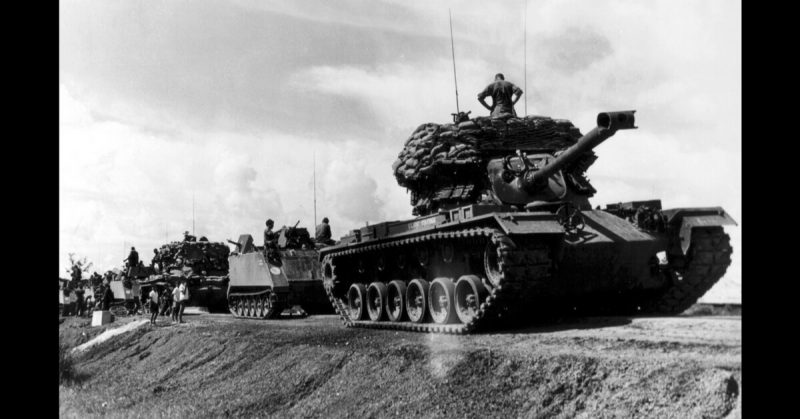Wars often tear nations apart. Sometimes they unite them. Whether by alliance or by conquest, countries have evolved from the heat of battle.
England and the Vikings
Alfred the Great (871-899) is widely considered to be the first King of England. In reality, he controlled only part of the country. He and his successors led a fight against the Vikings which united England for the first time.
When Alfred succeeded to the throne of Wessex; England was dominated by the Vikings. Sailing across the North Sea from Scandinavia, they had seized much of the north and the east. From there, they raided into the rest of the land.
Alfred took the shattered remnants of Wessex and began an effective fight back. He also became the Lord of Mercia, uniting the two English kingdoms still holding out against the Vikings. Thanks to him, the kingdom that had once been Wessex became the only viable alternative to the Vikings.
Alfred and his descendants drove out the Scandinavian raiders. What they left behind was no longer a patchwork of kingdoms. It was a single united England.
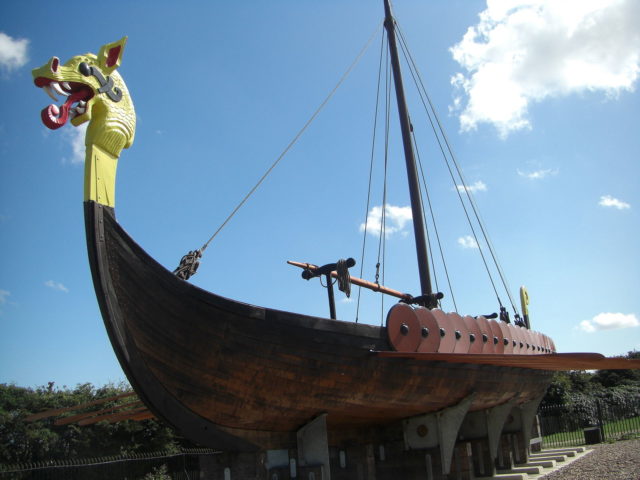
France and the Hundred Years War
Fought from 1337 to 1453, the Hundred Years War was a battle for control of the French throne. At the start, the Plantagenet kings ruled England, Wales, and large swathes of France. By the end, France was almost entirely in the hands of the Valois monarchy.
Throughout the war, some French people favored the English monarchs. In-fighting was rife in the French court. At several points, the French were effectively fighting civil wars while also fighting the English.
Over the course of the war, the Valois French clawed back land seized by the English, brought rebel barons to heel, and drove the English out of everywhere except Calais. Importantly, they also created a sense of national identity and purpose. Burning and pillaging by the English alienated many of the people they hoped to rule.
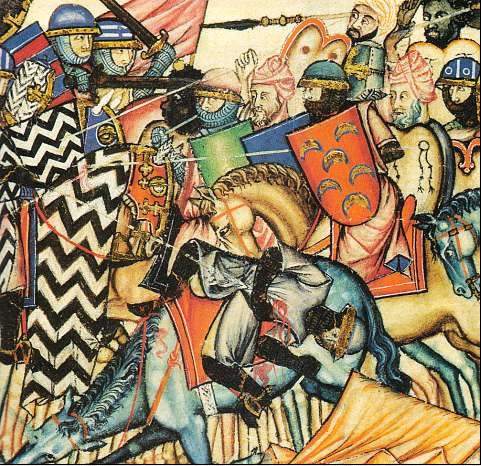
Spain and the Reconquista
In the 8th century, Muslim forces under the Umayyad Caliphate conquered much of the Iberian Peninsula. It led to over 700 years of wars between Christians and Muslims, a period known as the Reconquista.
The first Christian success was the Battle of Covadonga in 722 (or possibly 718) when the Kingdom of Asturias defeated the Umayyad forces. As in England, what followed was not a single cohesive campaign, but a series of separate wars. Unlike in Alfred’s England, Spain remained divided, its kingdoms fighting each other as much as outsiders.
It was a period that gave rise to legendary figures such as El Cid, steeped in a culture of righteous warfare. It also led to bitter wars in which Christian kingdoms attempted to swallow each other up.
The Reconquista ended in 1492. A joint campaign under Ferdinand II of Aragon and Isabella I of Castile drove the Arabs from their last stronghold in Granada. When Ferdinand and Isabella were married, all of Spain became united under a single monarchy.
Italy and Garibaldi
Before 1848, Italy was a set of separate kingdoms, some of them dominated by outside forces. Then came the remarkable Giuseppe Garibaldi and everything changed.
A passionate nationalist for a nation that had never existed, Garibaldi was intent on uniting Italy. He and his volunteer armies fought a series of guerrilla wars to throw out the Austrians and unite the country. Some of their campaigns, such as the 1848-9 defense of Rome, were failures. Others were stunning successes, as when Garibaldi and the Thousand seized Sicily from 25,000 Neapolitan soldiers.
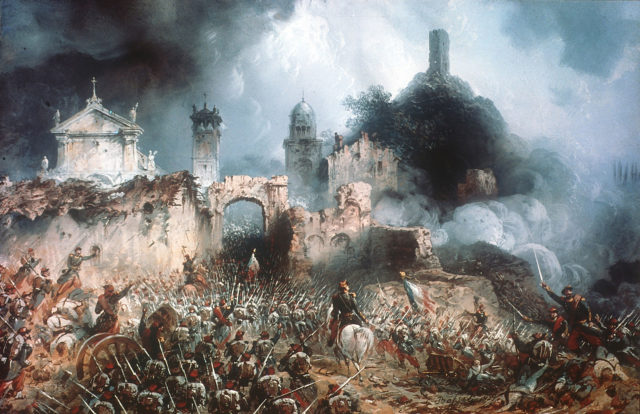
Away from the battlefield, Garibaldi was outmaneuvered by politicians. As a result, the Italy Garibaldi helped unite in 1860 emerged as a monarchy, not the republic he wanted. Italy became a nation in 1870; thanks to the wars that united another nation.
Germany – Prussia Versus the World
German unification was achieved through a series of carefully staged wars. These were arranged by the Prussian Prime Minister Otto von Bismarck, who united the rest of Germany behind Prussia.
First came the Second Schleswig War (1864). The King of Denmark ruled the Duchy of Schleswig, but it was not a part of his nation. The Danes declared Schleswig part of Denmark. The German Confederation considered Schleswig ethnically German and objected. Prussia rallied the German states, marched north, and thrashed the Danes.
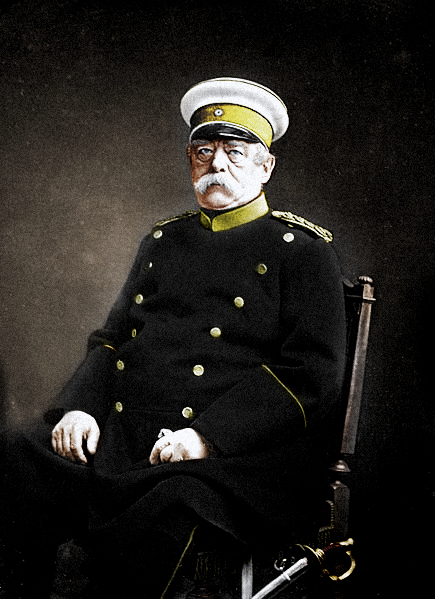
Next came a war against Austria, Prussia’s rival for leadership of Germany. With help from the Italians, Bismarck led the Austrians to war, bringing other Germans in on his side. Prussian victory squeezed Austria out of German politics.
Finally came the Franco-Prussian war (1870-1871). Bismarck pushed the French Emperor Napoleon III into taking an aggressive stance against Prussia. By now, the other German states knew that only Prussia could protect them from outsiders, so they backed Prussia in the war. Having smashed the French army, the Prussians announced a new united German Empire. Buoyed up by shared success and martial pride, the others agreed.
Vietnam
In the Second World War, the Vietnamese fought against Japanese invaders. At the end of the war, they were once again occupied by their previous foreign overlords, the French.
Backed by Russia and China, the Vietnamese fought a guerrilla war that drove the French back. It led to their nation being split between North and South, the South still dominated by the old colonial powers.
From 1955 to 1975, North Vietnam fought a long and bitter war to take control of South Vietnam. America was slowly drawn in on the southern side. Despite its superior resources, America was unable to stop the North Vietnamese under Ho Chi Minh and General Giap. American forces pulled out, and Vietnam was united under Communist rule.
Sources:
Christopher Allmand (1989), The Hundred Years War: England and France at War c.1300 – c.1450.
Richard Holmes, ed. (2001), The Oxford Companion to Military History.
Nicholas Hooper and Matthew Bennett (1996), The Cambridge Illustrated Atlas of Warfare: The Middle Ages 768-1487.
David Rooney (1999), Military Mavericks: Extraordinary Men of Battle.
